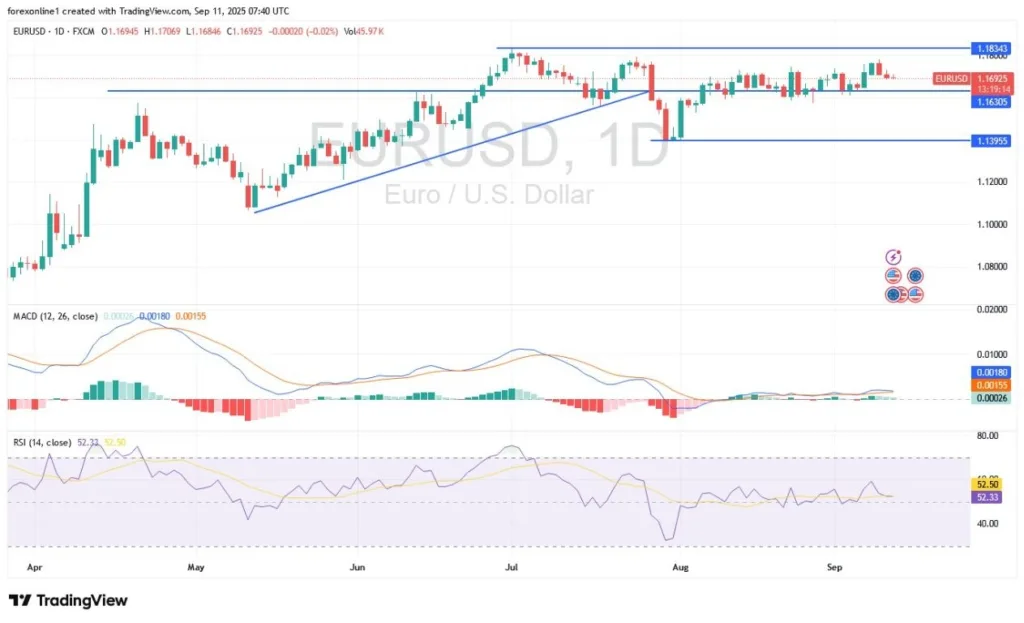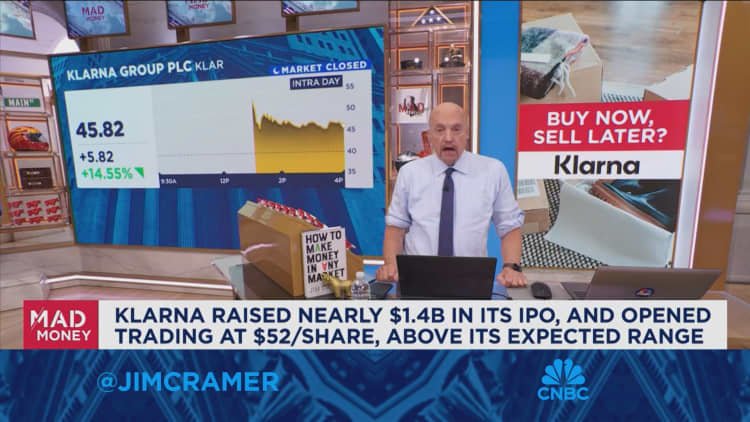Third Point’s billionaire boss quickly shifted gears with AT&T and has continued to pile into Wall Street’s preeminent AI stock for a second consecutive quarter.
Data is the fuel that keeps Wall Street’s engine running. The only problem for investors is that the amount of data they have to digest can be overwhelming, which allows important news to occasionally slip through the cracks.
A little over three weeks ago, on Aug. 14, institutional investors with at least $100 million in assets under management were required to file Form 13F with the Securities and Exchange Commission — and investors might have missed these filings. A 13F provides a concise snapshot of which stocks, exchange-traded funds (ETFs), and select options Wall Street’s savviest fund managers purchased and sold in the latest quarter (in this instance, the second quarter).
Although 13Fs aren’t perfect — they can provide outdated information for active hedge funds — they can help clue investors into the stocks and trends piquing the interest of Wall Street’s most-successful investors. This includes Third Point’s billionaire chief Dan Loeb.

Image source: Getty Images.
As of the midpoint of 2025, Loeb was overseeing 51 securities equating to more than $7.6 billion in market value. While he’s known for buying off-the-radar companies in the small- and mid-cap arena, it’s his trading activity in high-profile businesses that really stood out in the June-ended quarter.
Specifically, Loeb bid adieu to high-yield telecom stock AT&T (T -0.05%) in the second quarter, while nearly doubling his fund’s stake in the company powering the evolution of artificial intelligence (AI).
Third Point’s Dan Loeb disconnects from AT&T
During the June-ended quarter, Third Point’s 13F shows Loeb reduced 12 positions and kicked 10 completely to the curb. The headline-grabbing exit has to be the 3,775,000 shares of AT&T that were given the boot.
The most logical of all explanations for Loeb disconnecting from AT&T has to do with simple profit-taking. The average security in Loeb’s fund has been held for less than 15 months, which signals that Third Point’s billionaire investor isn’t afraid to lock in gains when presented with the opportunity.
More importantly, Loeb’s purchasing and sale history with AT&T tells quite the tale. He oversaw the purchase of all 3,775,000 shares during the first quarter, and sold every share in the subsequent quarter. Given the tariff and trade uncertainty that arose in the first quarter, safe-haven, high-yield dividend stocks like AT&T were popular investments. But with growth stocks taking hold since mid-April, Loeb appears to be shifting his focus away from safer investments and toward companies that offer more upside opportunity.
Additionally, Third Point’s billionaire boss might have been turned off by AT&T’s valuation. With the stock market at its third-priciest valuation when back-tested 154 years, pointing to AT&T’s forward price-to-earnings (P/E) ratio of 13.3 might be a head-scratcher. However, AT&T’s low single-digit growth rate, coupled with its average forward P/E multiple of 8.3 over the trailing-five-year period, suggest it’s comparatively pricey.
Though AT&T’s upside might be somewhat limited after its shares more than doubled from their summer lows in 2023, there are still ample reasons for remaining shareholders to be optimistic. In particular, management has done a bang-up job of improving balance sheet flexibility. Spinning off content arm Time Warner in April 2022, and using operating cash flow to organically reduce debt, has given AT&T the ability to go on the offensive.
AT&T’s core operations are demonstrating steady growth, as well. While AT&T is never going to match the growth potential of large tech companies, the expansion of 5G wireless networks has led to a predictable increase in high-margin wireless data consumption.
Likewise, the company has enjoyed a resurgence in net broadband additions thanks to the expanding availability of 5G download speeds. Broadband may not be the growth story it was a quarter of a century ago, but it can generate abundant operating cash flow and encourage high-margin service bundling for AT&T.

Image source: Getty Images.
Billionaire Dan Loeb piled into this sensational AI stock for a second straight quarter
At the other end of the pendulum, Loeb added 16 new securities to his fund in the second quarter, as well as increased his stakes in 13 existing holdings. Arguably none of these purchases is more of an eyebrow-raiser than preeminent AI stock, Nvidia (NVDA -2.78%).
Between July 1, 2023, and Dec. 31, 2024, Third Point had no exposure to Nvidia. But over the first two quarters of 2025, Loeb has overseen the purchase of 1,450,000 shares (March-ended quarter) and 1,350,000 shares (June-ended quarter) of Nvidia stock. In just six months, it’s become the fund’s third-largest holding.
One of the catalysts that may have enticed Third Point’s billionaire investor to take the plunge is Nvidia’s separate pullbacks in the first and second quarters. The DeepSeek scare in January, followed by the aforementioned stock market swoon caused by the unveiling of President Donald Trump’s tariff and trade policy in early April, gave investors of all walks, including billionaire money managers, an opportunity to jump into Nvidia stock at an (in hindsight) attractive price.
Dan Loeb might also be keeping things simple by piling into the clear leader in AI hardware. Nvidia’s Hopper (H100), Blackwell, and next-generation Blackwell Ultra graphics processing units (GPUs) are expected to account for the bulk of GPUs deployed by businesses in high-compute data centers. Nvidia is in no danger of losing its spot atop the market share pedestal.
Third Point’s boss is potentially impressed by Nvidia’s ability to retain its clients, as well. The company’s CUDA software platform is what developers use to maximize/customize their Nvidia GPUs. This toolkit has been an anchor that’s kept clients loyal to the brand.
There’s a high ceiling associated with the AI revolution, too. Nvidia being able to, once again, export AI chips to China, opens new channels of revenue and gives it a reasonable shot at sustaining a 20% to 30% annualized growth rate.
The biggest issue with Loeb’s newfound love for Nvidia stock might be history. There hasn’t been a game-changing technological innovation in over three decades that’s managed to avoid an early stage bubble-bursting event. Since most businesses haven’t yet optimized their AI solutions or figured out how to generate a positive return on their AI investments, there’s a genuine possibility of an AI bubble forming and popping. It this were to happen, Nvidia stock would take it on the chin.
Furthermore, it’s difficult to overlook the competitive pressure Nvidia is contending with. Despite maintaining clear compute advantages, many of its top customers by net sales are internally developing AI-GPUs to use in their data centers. These considerably cheaper and readily available chips can easily cost Nvidia valuable data center real estate in the quarters and years to come.




